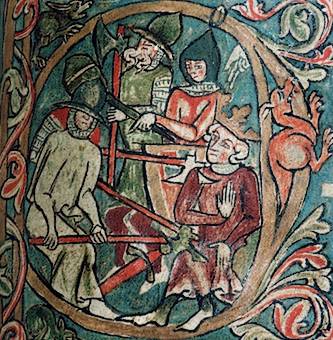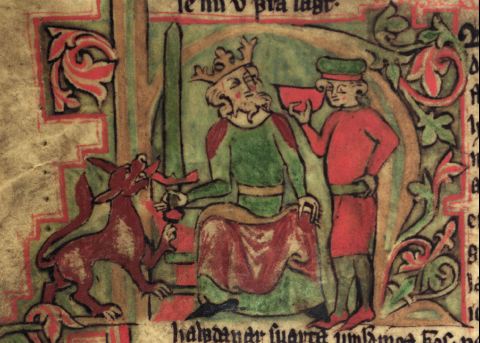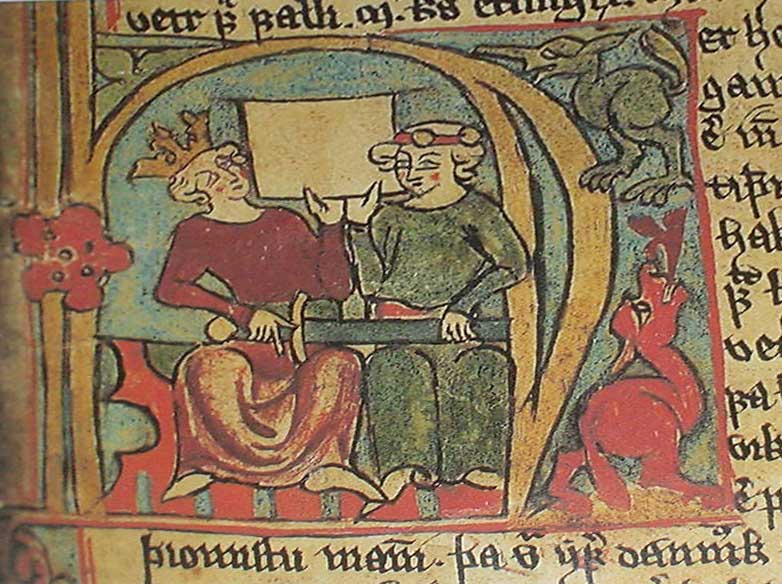


 |
 |
 |
The Internet is a delightful, democratic, wide-open space; it’s also a dangerous place, especially for students: there’s no easy way to sift the gold from the garbage. The Internet is, therefore, often not a reliable tool for academic research – and is never, on its own, a sufficient one. There's a world of difference between, say, a Wikipedia entry and an article on JSTOR, although both can be legitimate and (if used correctly) powerful tools of academic study. Do you know how to tell the difference? Are you able to apply the same sorting criteria to new websites you may never have heard of before?
Use care and commonsense when surfing. Learn to look for signs of trust-worthiness (such as citations of verifiable, accredited sources). Always check information you learn online against reliable sources elsewhere. One of the healthiest approaches to using the Web prudently is to get into the habit of cross-referencing anything you discover online; in fact, if you get used to doing this, you will have mastered an important technique historians use all the time, in reading sources both on- and offline. If you're not sure what to make of an online resource, ask your instructors or a Reference Librarian for help.
Some useful online resources include:
Oxford English Dictionary (OED) – the best and most comprehensive dictionary of the English language; the OED is constructed as an historical dictionary, so the 1st sense you get for each word is the oldest, not necessarily the predominant meaning. Look up word etymologies to find out which come from Old Norse. (The direct link provided here will probably only work if you are on campus, but you can get to the OED via the Databases page in the Cornell Library Catalogue.)
Medieval Sourcebook – an immense collection of general medieval materials, mostly primary sources
Douai-Rheims Bible – this 16thC Catholic translation is the closest English equivalent to the Latin Vulgate, which is the version of the Bible most medieval people (including Norsemen) would probably have been exposed to
Catholic Encyclopedia – (incomplete) online edition of an important – but seriously dated – e20thC scholarly work, containing much material of interest to medievalists (esp. on the medieval Church, naturally)
Viking Age research guide – research tips and links on the Viking Age, tailor-made for Cornell students by our very own crack Reference Librarian, Virginia Cole
Viking Society for Northern Research – a society founded in 1892 to promote interest in the Scandinavian North, its literature and antiquities in Britain; many of its publications are now online
Chicago Manual of Style (15th & 16th edns) – one of the authoritative guidebooks on matters of academic style, useful for most history courses & beyond. (The direct link provided here will probably only work if you are on campus, but you can get to the Chicago Manual also via the Databases page in the Cornell Library Catalogue.)
Norse links – a marvellously useful assembly of links, including to Old Norse dictionaries
Old Norse News – a hub for information relating to the academic study of medieval Scandinavia, providing regular updates on new developments in the field
BBC History: Vikings – fun and subtly learned webpages, including the cult game Viking Quest
Smithsonian Museum: Vikings – site set up in connexion with an exhibition prepared in 2000 for the millennial celebrations of the Norse discovery of America
Tollund Man – learn more about this prehistoric bog mummy; see also a September 2007 National Geographic report on recent research into bog bodies
Graves of the Vikings – an innovative Grade 7 teacher in California has got his students digging for (plastic) viking bones; beautiful & well-researched faux archaeology on the cheap
Bibliography of Old Norse Icelandic Scholarship (BONIS) – a selective rather than exhaustive list of noteworthy publications, especially articles in journals and in volumes of collected essays, dealing with Old Norse philology (literature, language and history) and related subjects. Haphazardly updated; earlier materials may be found in the printed volumes issued during the 1960s-80s (Z2556 .B58 in the Kroch Library Rare & Manuscripts Reference, non-circulating)
13 Centuries of the Nordic Peoples – caveat emptor! (buyer beware!) maps can be helpful, but are also dangerously misleading (because they represent information visually in a way we are trained to read with ease – hence, often, without sufficient care). These maps contain some errors, omissions, and more insidiously, subtly misleading cues. Be on your guard for bias, ambiguity & error! Just because the map says so don't mean it's necessarily true!
return to HIS 3200 syllabus
Oren Falk, Associate Professor
Department of History, Cornell University
Page last updated on: 6 May, 2011